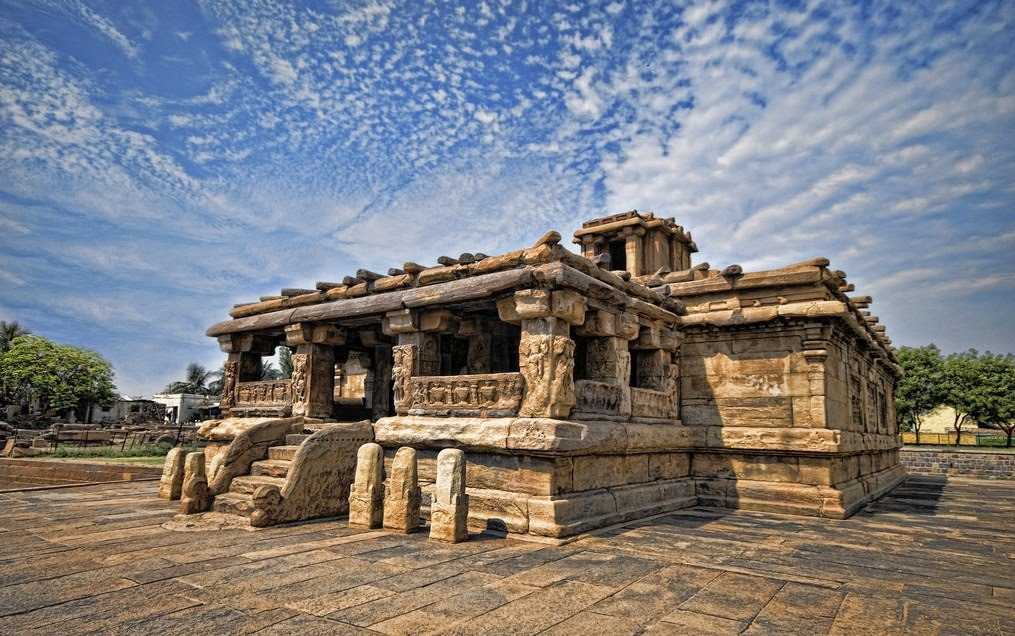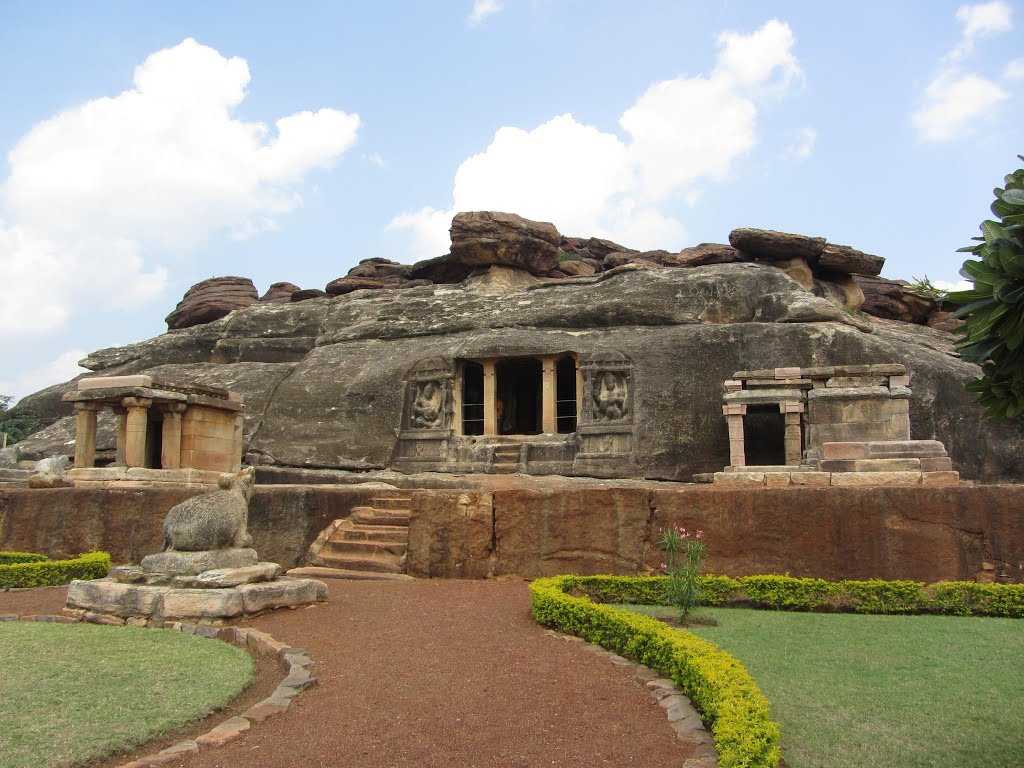Complete Guide about Sri Krishna Janmasthan Mathura
-
Location
Ramchandra Store Janam bhoomi Marg, Janam Bhumi, Mathura, Uttar Pradesh 281001
-
Timings
Every Day
05:00 AM - 12:00 PM
04:00 PM - 09:30 PM -
Entry Fee
Free Entry


Sri Krishna Janmasthan Mathura
About
Sri Krishna Janmasthan Mathura
It is commonly known that Mathura served as Lord Krishna’s home during his youth, adolescence, and early adulthood. One of the holiest places in India is Mathura, also known as Brij Bhoomi, which is home to numerous Hindu temples. For its history, archaeology, religious history, art, and sculpture, it is well-known. It is situated beside the Yamuna River.
The people of Mathura, which is near to Agra, are kind and laid-back and always happy to help travellers in any way they can. The two main languages in Mathura are Brijbhasi and Hindi.
The renowned brave queen Rani Laxmi Bai, who battled the British in 1857, is associated with Mathura.
Due to its historical significance as a Buddhist location, Mathura is also home to numerous Hindu temples and is well-known among Buddhists.
Visitors can get a profound sense of love and dedication by listening to the beautiful sound of flutes playing throughout the city. The most famous festival in Mathura is Holi, which attracts millions of visitors from around the world who come to revel in its joy and excitement.
Here, you can choose from a variety of lodging options, including bed and breakfasts, dharamshalas, guesthouses, and luxury hotels. The delectable cuisine of Mathura, which includes pera, jalebis, lassi, and kachoris, is its specialty.
One of the most popular spiritual destinations in India is Mathura.
Vaikom Mahadeva Temple Official website Link
www.vaikomtemple.org
The History
The prison where Lord Krishna was born is where the Sri Krishna Janmasthan Temple is located. It is thought that the great-grandson of Krishna Vajranabha built it for the first time 5000 years ago. Then, during Chandragupta Vikramaditya’s rule in 400 AD, it was renovated. However, Mahmud of Ghazni destroyed it in 1017 AD.
During the reign of Raja Dhrupet Dev Janjua, Emperor of Mathura, the temple was built a third time in 1150 AD, but Sikandar Lodi, the Sultanate of Delhi, destroyed it in the 16th century. It was reconstructed with Rs 3.3 million by Raja Veer Singh Bundela 125 years later, during the reign of Jahangir. In 1669 AD, Aurangzeb demolished it once more and erected a masjid in its place.
The temple district was put up for auction in 1815, when British rule over Mathura’s city was established. On February 21, 1951, the late Mahamana Pandit Madan Mohan Malaviya founded the “Sri Krishna Janma Bhoomi Trust,” which was the first step towards the temple’s reconstruction. In February 1982, the building was eventually finished thanks to the tireless work of many people.
The Architecture
The Bhagavata Bhavan, Garbha Griha, and Keshavdeva temples are all located inside the Sri Krishna Janmasthan Temple Complex.
Keshavdeva Temple was created by Ramkrishna Dalmia in honour of his mother Jadiadevi Dalmia and is situated south of the Shahi Eidgah. The building’s construction began on June 29, 1957, and Hanuman Prasad Poddar officially opened it on September 6, 1958.
The Garbha Griha Shrine is thought to be the location of the cell where Krishna is said to have been born. On the site of the roomy veranda, a marble pavilion and an underground prison cell were constructed. The eight-handed goddess Yogmaya has a shrine close by. It is situated up against the Shahi Eidgah’s back wall.
Bhagavata Bhavan: On February 11, 1965, work on this temple, which is dedicated to Shrimad Bhagavata, began. It has five shrines, including the main shrine, which has six-foot-tall sculptures of Radha and Krishna, the shrines of Balarama, Subhadra, and Jagannath, the temple of Rama Lakshman and Sita, the temple of Durga, and the temple with a Shivalinga. On the left is the temple of Rama Lakshman and Sita. The assembly hall’s walls, ceiling, and pillars are decorated with frescoes that show scenes from Krishna and his followers’ lives. The walls of a circumambulation walkway have verses from the Bhagavad Gita carved on them.
Potra Kund is a sizable water tank that is thought to have been where Lord Krishna had his first bath.
Other structures besides these temples include the Ayurveda Bhavan, the International Guest House, stores, a library, and an open area for performances.
Dekho Apna Desh
The DAD of Tourism
Get Direction to Sri Krishna Janmasthan Mathura
Near Attractions




